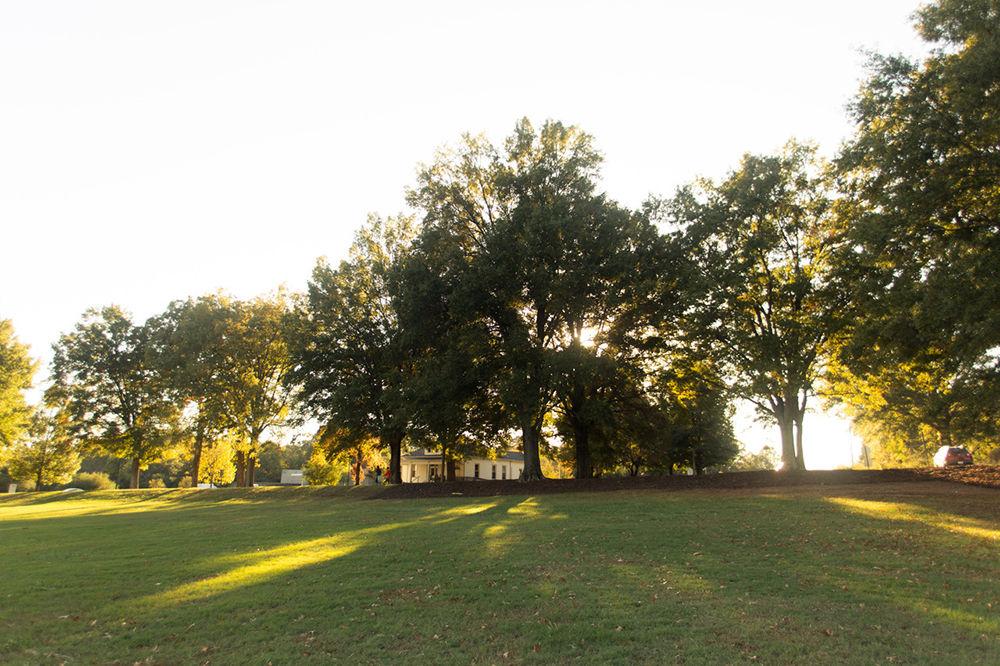On Monday, the City of Raleigh released its draft Master Plan of the Dorothea Dix Park renovation to the public comments from Jan. 4-18 and the final Master Plan proposal will be presented at the Feb. 19 City Council meeting.
The final Master Plan draft of the 308-acre park was released after over a year of different committee, interest group and community meetings.
The plans for Dorothea Dix Park began to come into fruition after the city of Raleigh purchased the park from the state of North Carolina for $52 million. Kate Pearce, planning supervisor for the city of Raleigh, discussed why there has been a large initiative put forth to develop the park.
“Great cities usually have some sort of great central park,” Pearce said. “In Raleigh, we have an amazing system of greenways, community parks, nature reserves, neighborhood parks, but we don’t have that great central park. So, the creation of Dix Park has the opportunity to become that community meeting space that people from all around the city call their own.”
According to the released master plan, there are six landscapes that will be developed into event halls, food halls and community centers. The areas include the Creek, the Grove, the Meadow, the Gateway, the Ridge and the Valley.
As far as costs of sustaining the park, there has yet to be a released cost estimate of the park. According to Pearce, the city is currently working on finalizing the amount of money that will be spent on renovating the park as well as maintaining and operating it.
“We’re working on [maintenance and plan] estimates right now,” Pearce said. “What’s different is during a Master Plan, we’re at a very high level, and we’re able to come up with a ballpark figure and we’re working on that right now in terms of the capital costs, but it won’t be until we get into a lot of the details that we really get a reliable cost estimate.”
According to Pearce, over the past year there has been significant community engagement in the project. There were over 200 committee meetings with different groups involved and four community meetings with over 500 people in attendance, and there has been success in different outreach events.
“From traditional community meetings to large events, we’ve really been deliberate about how often and through what means do we reach out to the community,” Pearce said.
Pearce also meets monthly with the NC State Office of Real Estate and Development to ensure that the city of Raleigh and the university maintain clear communication about their plans for developing certain areas. Spring Hill, a part of NC State’s campus, also borders the park, and according to Pearce, what happens at Spring Hill is very critical to the future of the park.
“Most great urban parks have really strong edges, meaning that there’s usually some sort of strong development edge that then become eyes on the park; people living, working, visiting that area and often taking advantage of the park,” Pearce said.
There will also be large initiatives to make the park more accessible to all citizens of Raleigh through bus routes, walkways and bike paths.
“Dix Park is only 0.7 miles away from the edge of Dix Park to the Raleigh Convention Center, but it feels a lot further away,” Pearce said. “So we’re going to be very deliberate about creating a cultural connection, creating on-street bikes and pedestrian pathways, working with GoRaleigh and GoTriangle on bus service that serves the park and surrounding communities.”
Pearce said that she believes that the park will be an important place in the city and for its community members.
“I think Dix Park will really have this transformative impact on Raleigh,” Pearce said. “Yes, it will be a park, but parks are the most civic, democratic and egalitarian places in a community… There’s a lot of community benefit in the future of Dix Park if we’re very mindful and strategic about how that can take place.”
To watch the video of the draft Master Plan, click here.








